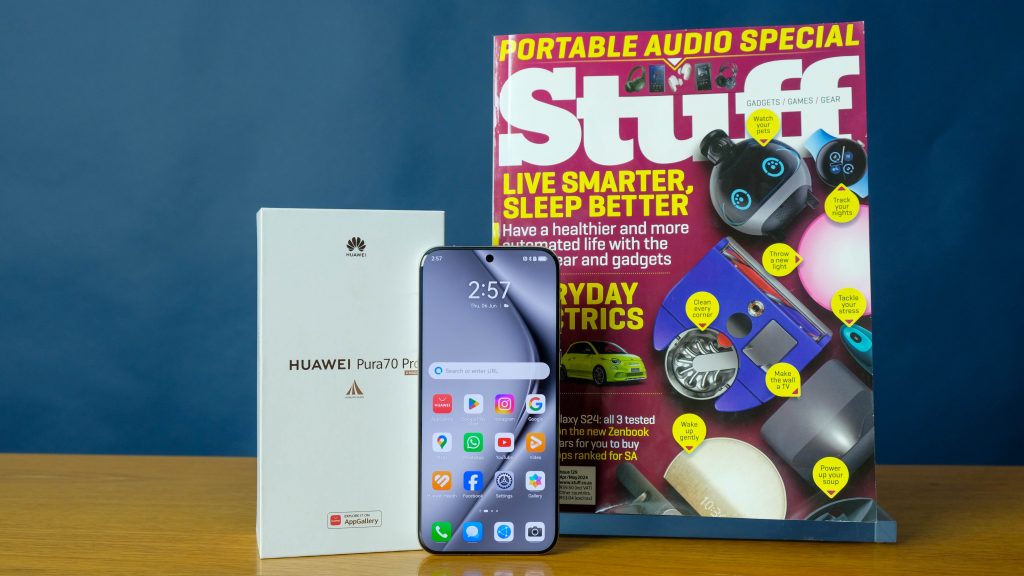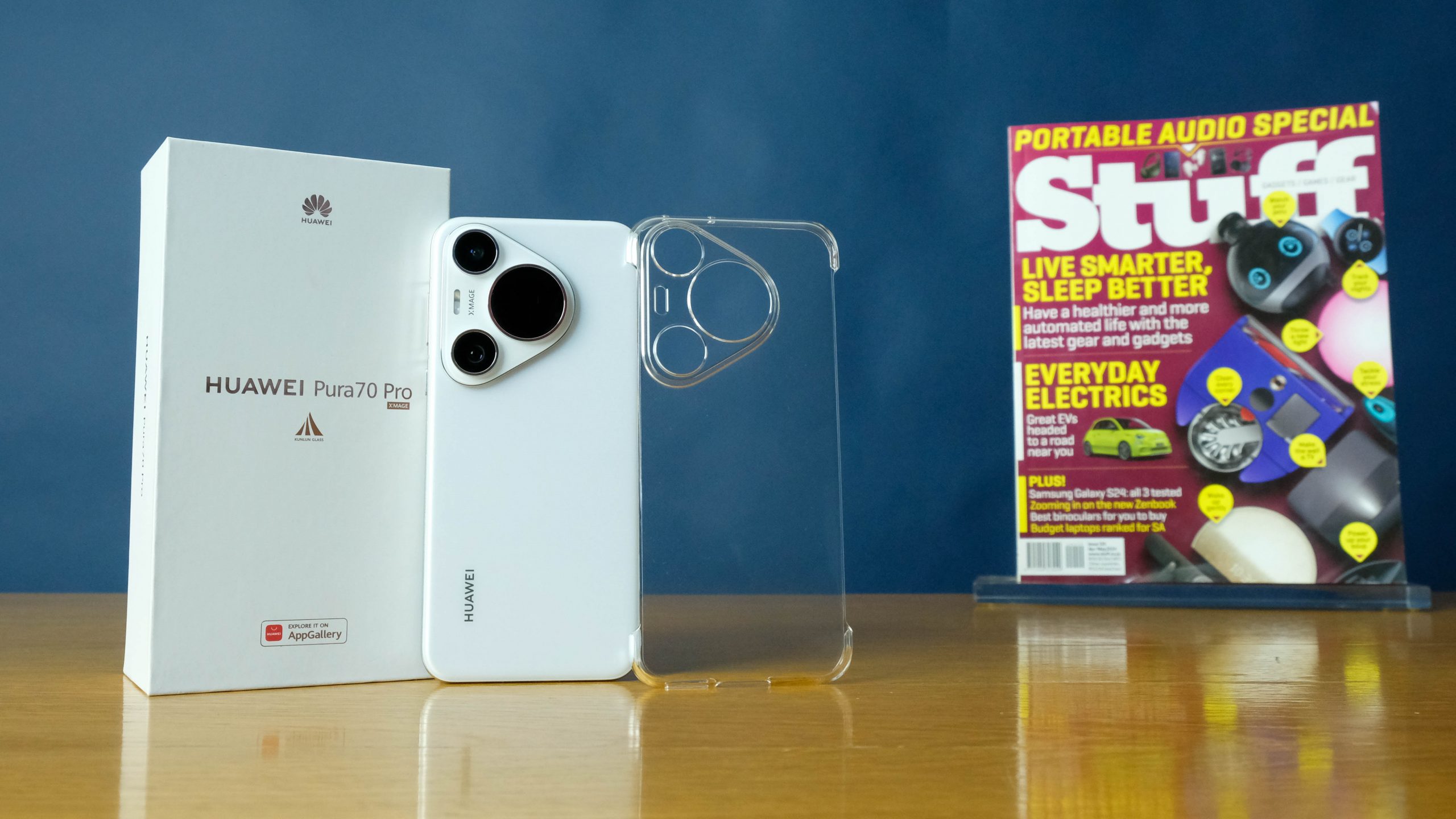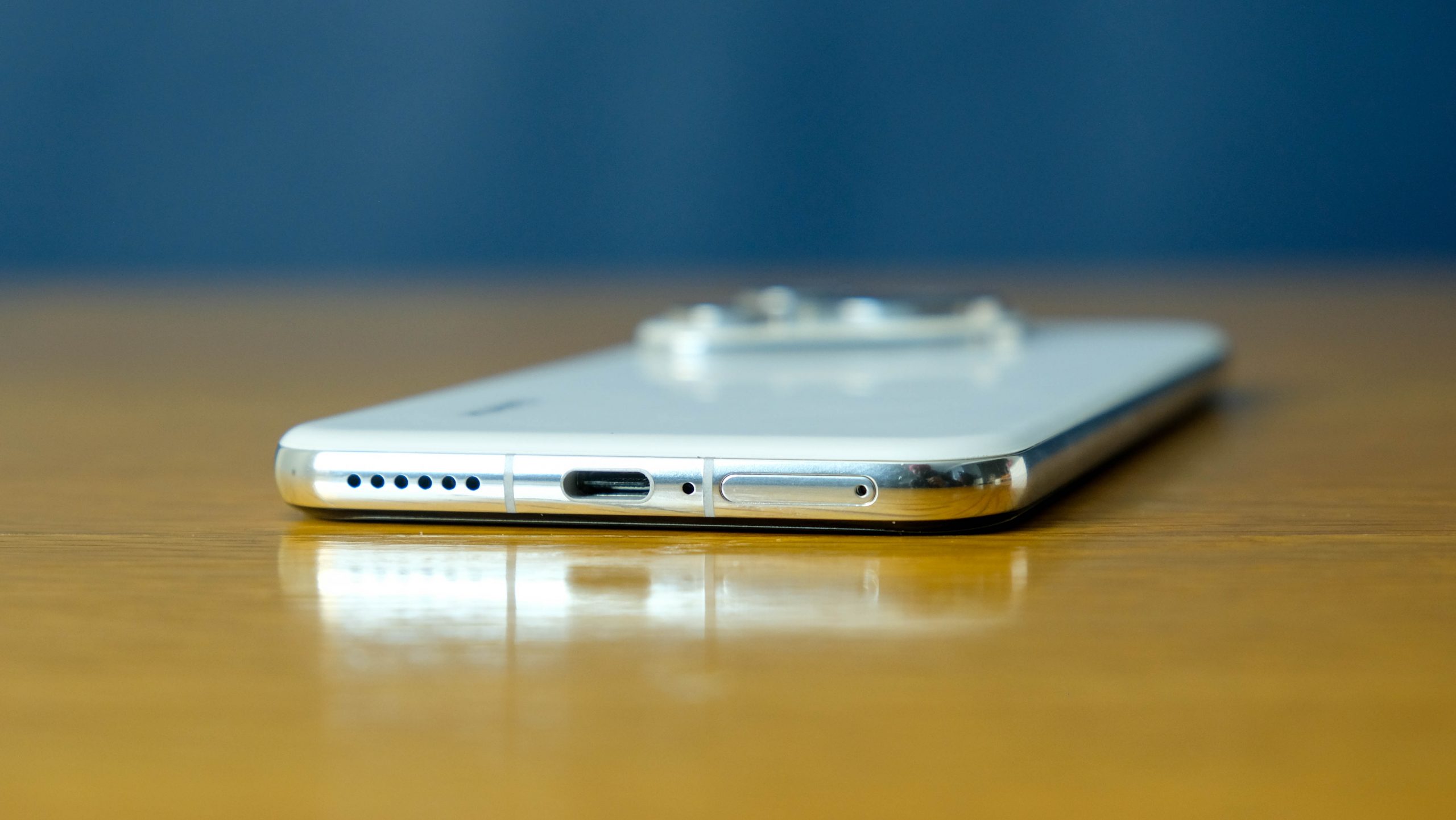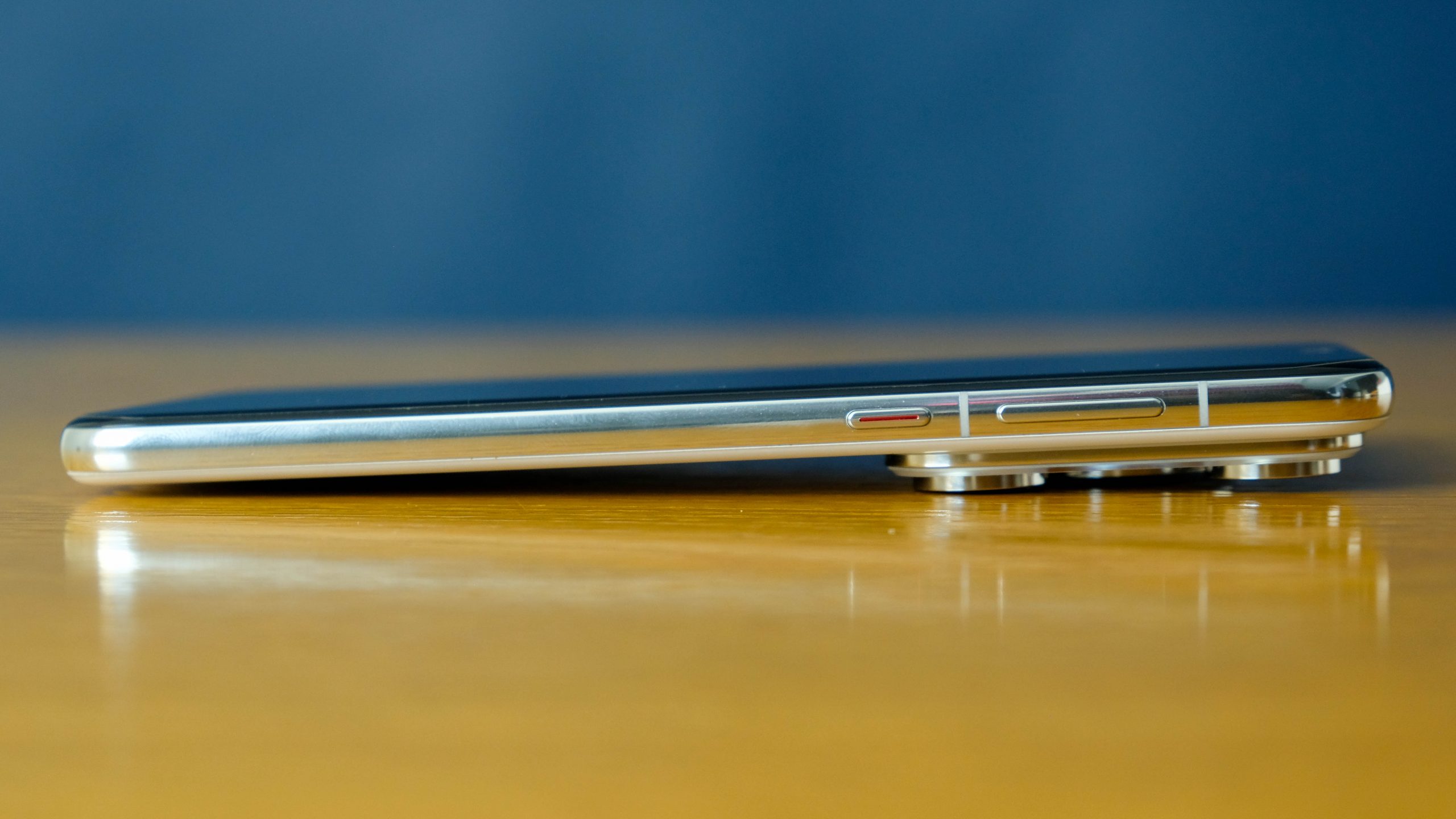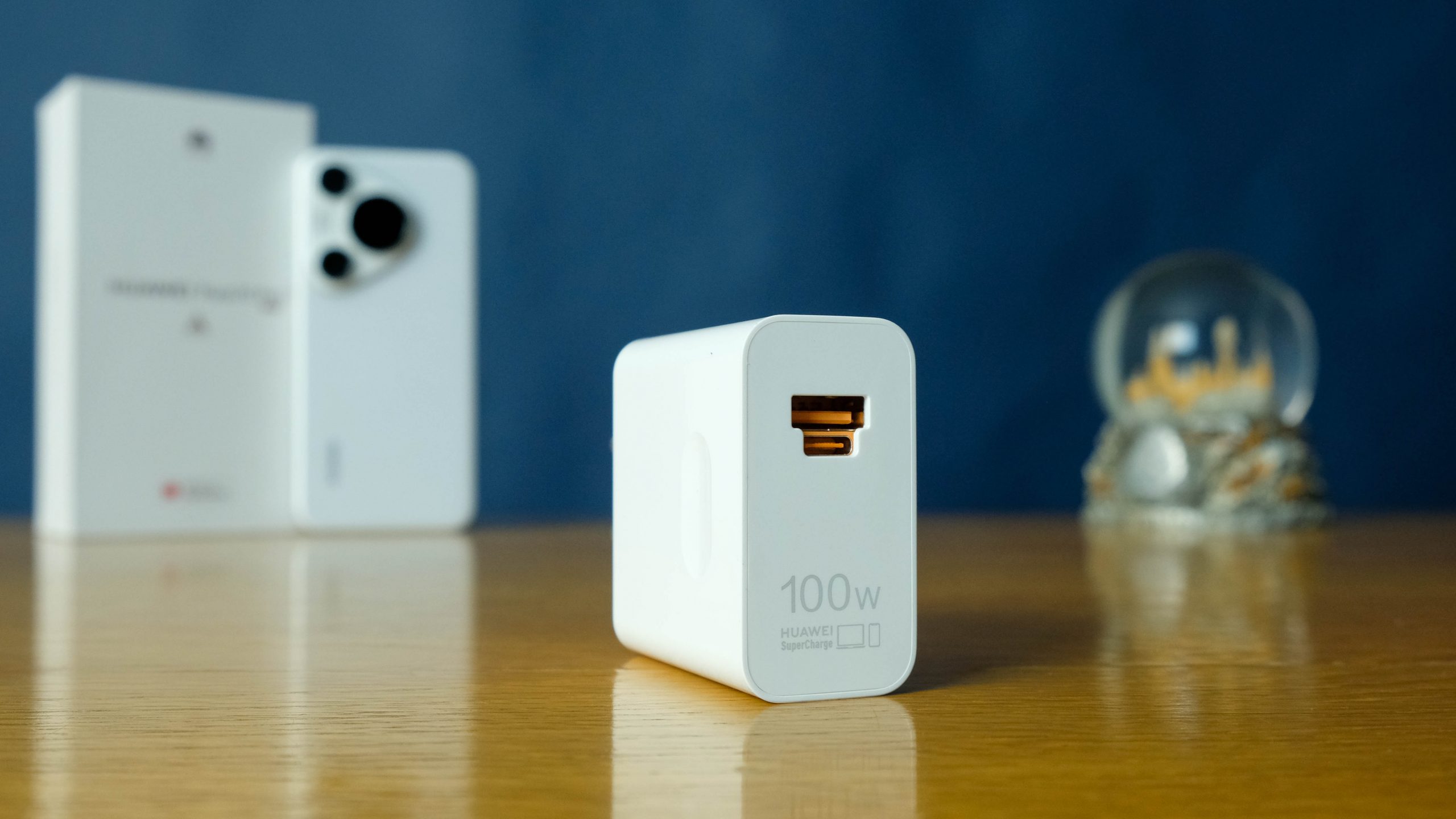Using the Huawei Pura 70 Pro isn't any hardship. It's speedy enough, the cameras are well capable, and the premium build is worth drooling over. But there are enough drawbacks, caused by a lack of access to what everyone else has, to make us pine for the days when Huawei was making the entire smartphone world very nervous indeed. Oh, what might have been...
-
Design
-
Performance
-
Camera
-
Battery
-
Value
In another world, Huawei’s Pura 70 Pro would occupy a completely different rung on the smartphone ladder than it currently does. If the Chinese giant still had access to American hardware and software, the dominant positions held by Apple and Samsung might not be quite as stable as they are.
Alas, that’s not the case and Huawei is mostly getting by. It’s making strides forward, as evidenced by its new Pura 70 Pro and the other handsets in the series, but they’re not as long as they could have been. Some of the old glory is there but it’s somewhat battered.
Looks the part
Huawei has long been conscious of the need to look stylish. We can’t accuse the Pura 70 Pro of not standing out. Softly rounded edges and premium materials characterise this phone’s entire aesthetic. If that’s not enough, there’s the bulky triangular camera bump to contend with. The raised section cries out for a protective case if only to balance the device better, which might be why Huawei bundled one in the box. It should take at least one knock before you leave this premium device naked and exposed to the elements.
Beyond the smooth exterior, there’s little to catch the attention. The metal frame is typical of modern smartphones, adding reassuring weight to this R27,000 smartphone. The charge port, SIM tray, and speaker grille occupy the bottom edge, and there are the usual physical buttons on the upper right edge.
There are no surprises, in other words. Unless you count the two-tiered camera bump which really is ridiculous without a case on the phone. It’s large enough to catch in your pocket should you eschew the included protective panel. You probably won’t, since the clear case a) keeps that lovely rear panel visible and b) is completely free of charge. For every other occurrence, there’s Huawei Care+.
Wounded warrior
The Pura 70 Pro packs as much advanced hardware as Huawei could secure. Much of this is internally produced, like the exterior Kunlun Glass 2 forming the protective barrier between the mostly China-developed internals and the outside world. Most of the phone’s components are shared between the Pura 70 Pro and the Ultra model, with only the RAM allocation and camera specs keeping the two phones apart. If you’re looking for (most of) Huawei’s best but don’t want to pay top dollar, you should be looking at the Pro. Hard.
There’s a 6.8in 1,260 x 2,844 LPTO OLED panel that almost, but not quite, comes up to the standard set by Samsung’s flagship OLEDs. It lacks the same pop of Samsung’s screens and Huawei’s colour temperature feels a little washed out as a result. It’s not, by any stretch, and you’ll find yourself well-pleased with media consumption, navigation, and general browsing, but it stings a little to know that better screens are out there. Still, you get 2,500 nits of peak brightness and a 120Hz refresh rate. Let’s not complain too much, yeah?
A Kirin 9010, a Huawei-made processor, sits at the heart of the Pura 70 Pro (and the Ultra). It’s a speedy enough chipset but it’s slower than the current crop of Qualcomm chipsets and may even be bested by 2022’s fastest Androids. It’s also topped by loads of Android devices, for one simple reason. Huawei lacks 5G chips so it’s LTE only for now. Even relatively mid-range Androids field those chips at the moment, so the Chinese giant is starting from a handicap position. But not everywhere.
Snapping to attention
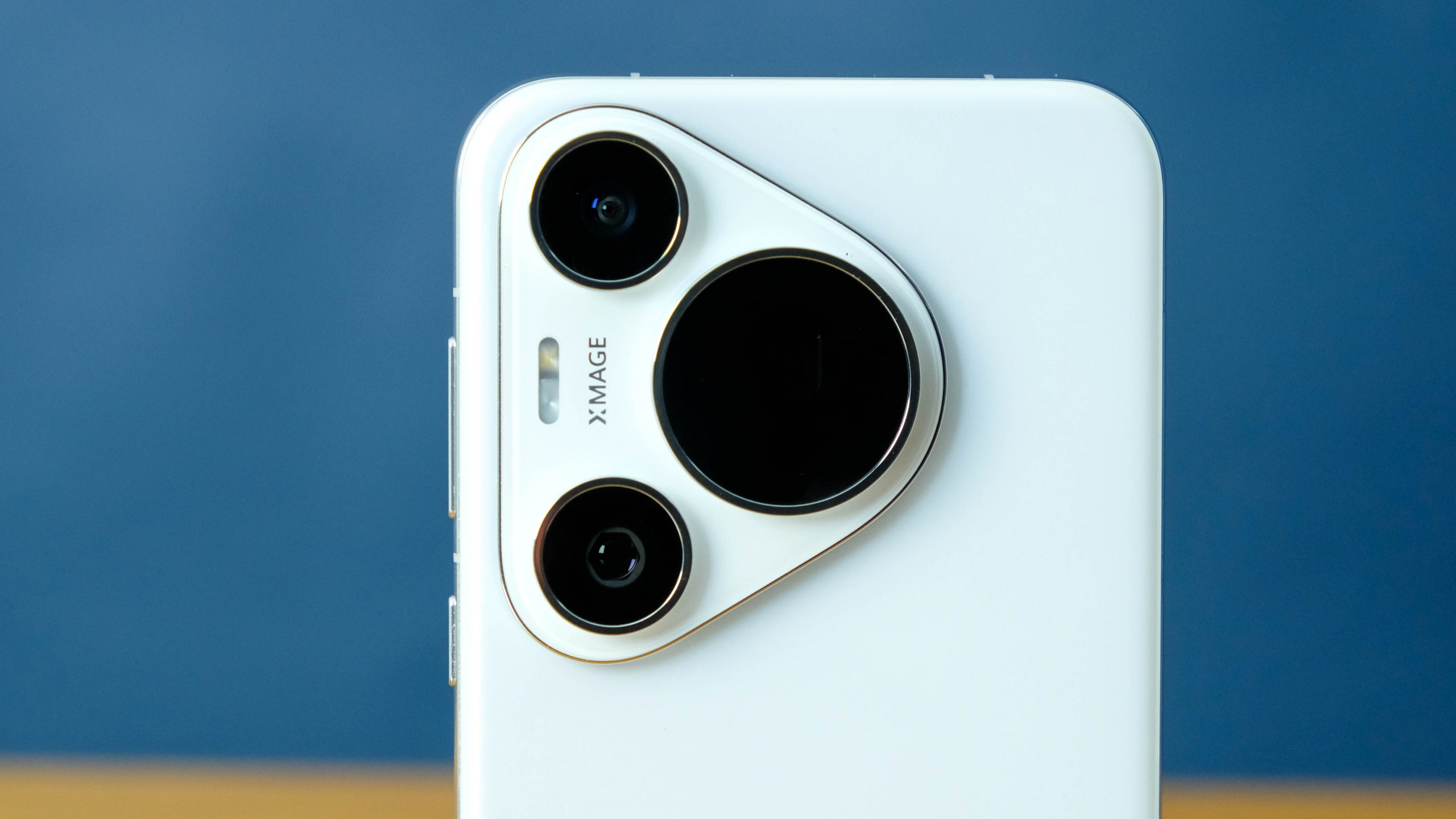 Huawei’s put its second-best foot forward with the Pura 70 Pro’s camera. It’s not the humungous 1in variable sensor found in the Pura 70 Ultra but it’s certainly a 50MP f/1.4 to f/4.0 sensor packing optical image stabilisation. It’s supported by an f/2.1 48MP telephoto and a 12.5MP f/2.2 ultrawide for when you want to get up close or further away. The camera hardware is further supported by Huawei’s on-device smarts. The software tweaks, along with the company’s ‘Xmage’ tech, ensure that even your hamfisted shots have a decent chance of coming out looking good.
Huawei’s put its second-best foot forward with the Pura 70 Pro’s camera. It’s not the humungous 1in variable sensor found in the Pura 70 Ultra but it’s certainly a 50MP f/1.4 to f/4.0 sensor packing optical image stabilisation. It’s supported by an f/2.1 48MP telephoto and a 12.5MP f/2.2 ultrawide for when you want to get up close or further away. The camera hardware is further supported by Huawei’s on-device smarts. The software tweaks, along with the company’s ‘Xmage’ tech, ensure that even your hamfisted shots have a decent chance of coming out looking good.
Decent light is required for thoughtless point-and-shoot activity, though there’s a dedicated Night mode that will produce great results if you take the time to learn how to use it. Other features, like the High-Res setting, are more demanding on the photographer and aren’t for quick snaps. The images it captures are incredibly detailed, even in mediocre light. Finally, that variable aperture is capable of producing stunning bokeh effects but you’ve got to manually select the option to use it. There’s also a simulated aperture option, which scales from f/0.95 to f/16, but the results are less detailed than using the physical aperture tweaks.
Around front, there’s a 13MP ultrawide sensor. The Pura 70 Pro (and the Ultra) doesn’t seem to see selfies as a serious focus area but they also haven’t neglected the option. Video is treated in a similar manner. You’ll get 4K or 1080P but there’s no really impressive standout feature. It’s all about the still shots in 2024.
Huawei Pura 70 Pro verdict
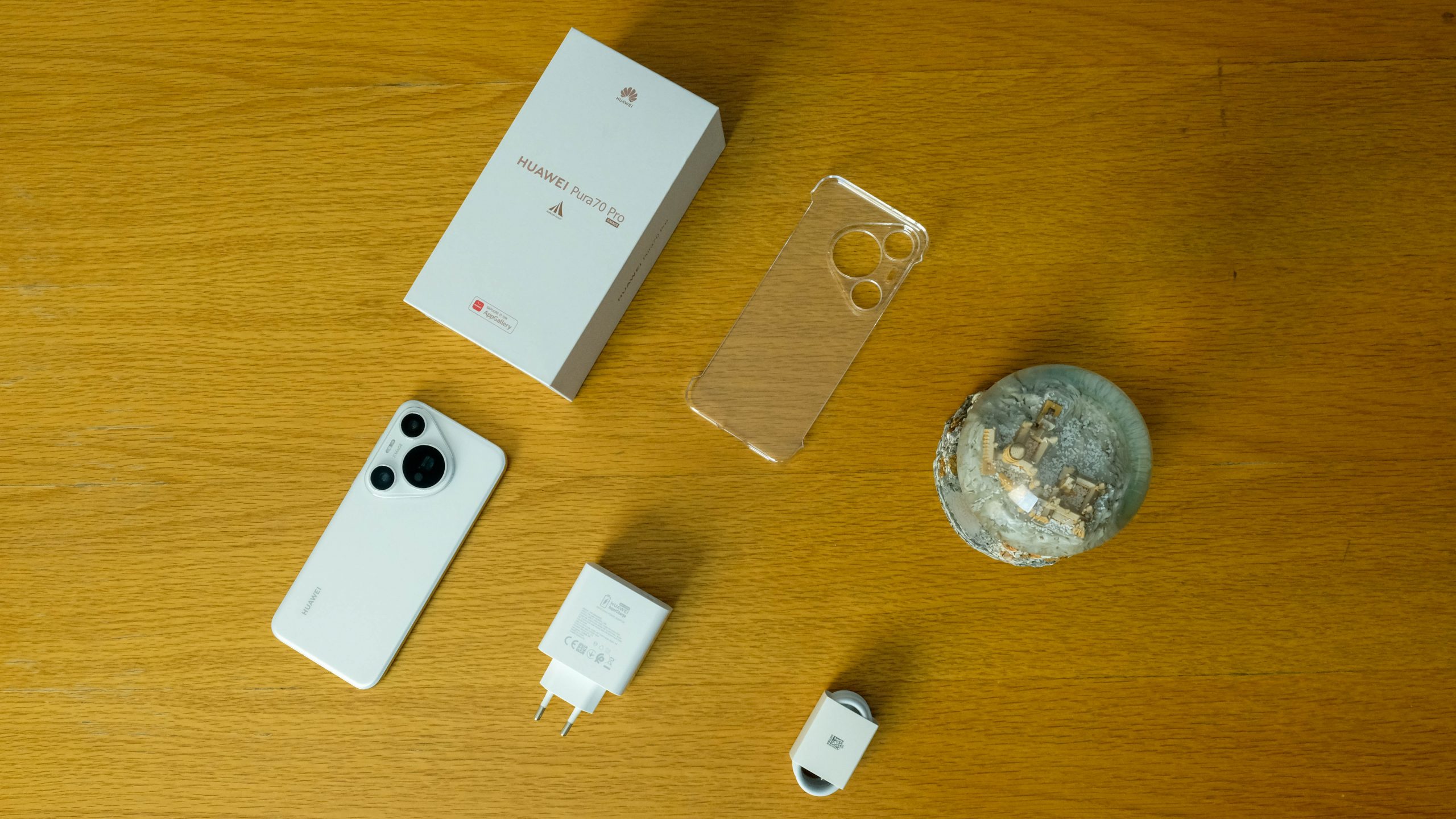 The Pura 70 Pro’s R27,000 price tag might be more than you can stomach for a smartphone that can’t keep up with the Android front-runners but Huawei, at least locally, is super keen to make it worth your while. Each order comes with three months of Huawei Care+ (you can add another two years of coverage for R2,000) and a free Huawei tablet worth R4,500. Whether that’s enough to turn your head is something only you can decide.
The Pura 70 Pro’s R27,000 price tag might be more than you can stomach for a smartphone that can’t keep up with the Android front-runners but Huawei, at least locally, is super keen to make it worth your while. Each order comes with three months of Huawei Care+ (you can add another two years of coverage for R2,000) and a free Huawei tablet worth R4,500. Whether that’s enough to turn your head is something only you can decide.
Huawei is fielding excellent — though not as good as its Pura 70 Ultra — camera performance here but it’s held back by the same issues that have hampered the company’s progress ever since the Americans decided the company wasn’t worth doing business with. The processor isn’t quite up to international standards and there’s still no official Google support. These are less of an issue in 2024, Huawei having made various strides, but they still exist. In a year or two, however, the gap between Huawei’s hardware and what everyone else has might well be negligibly narrow. Today, unfortunately, is not that day. Lovely photos, though.

